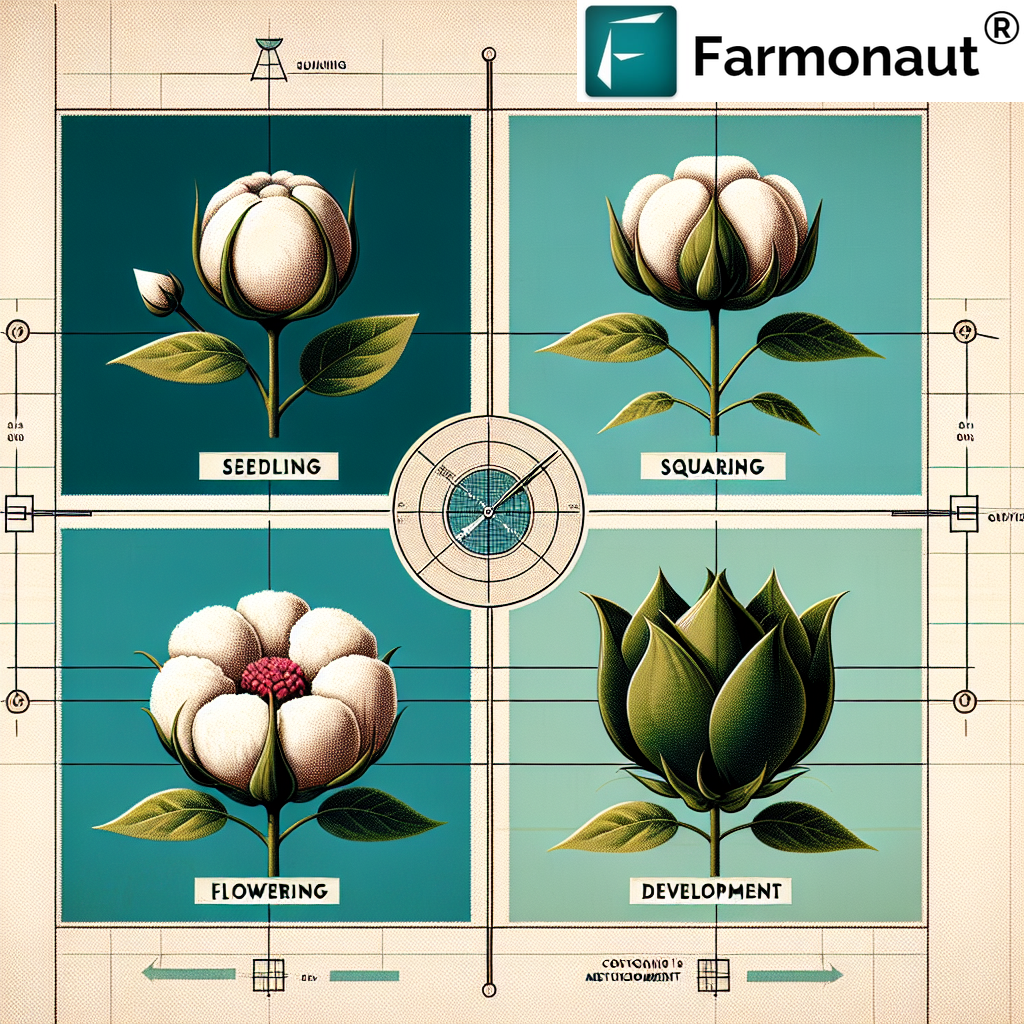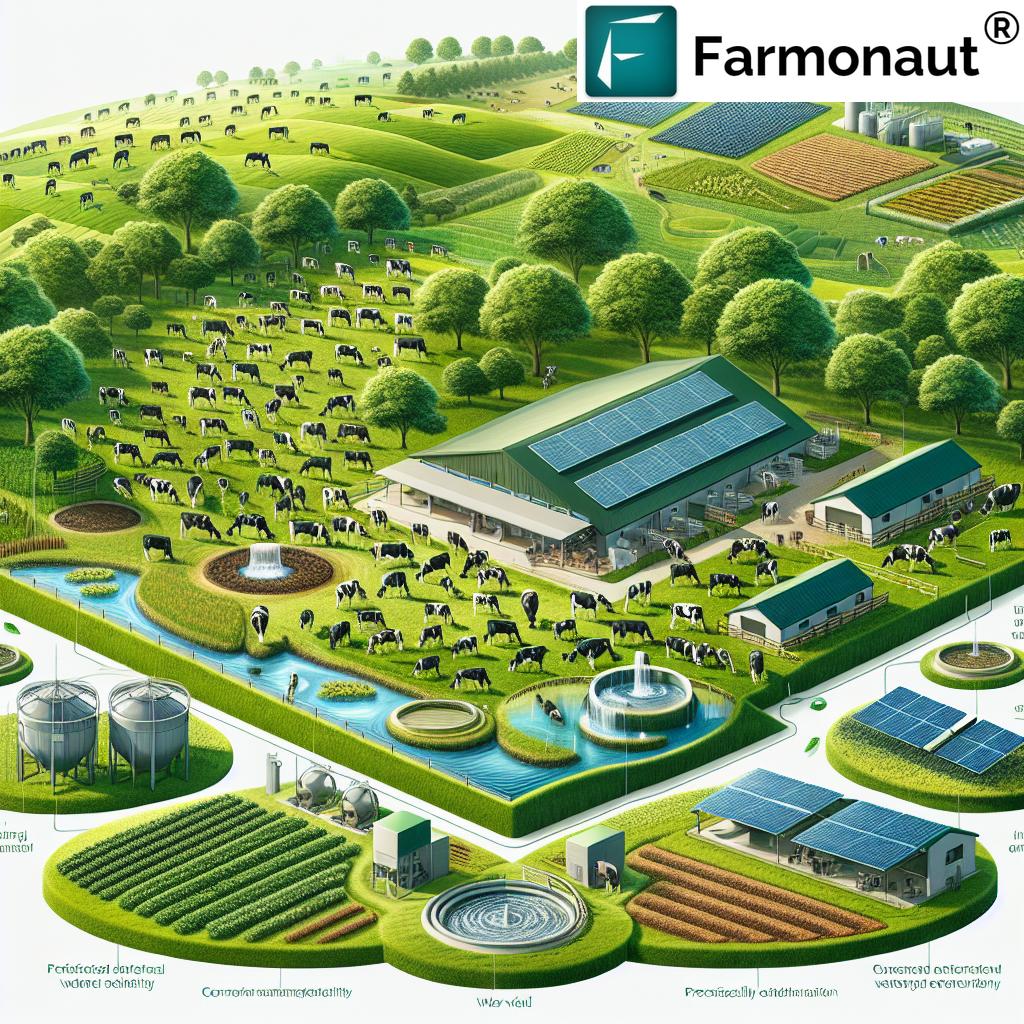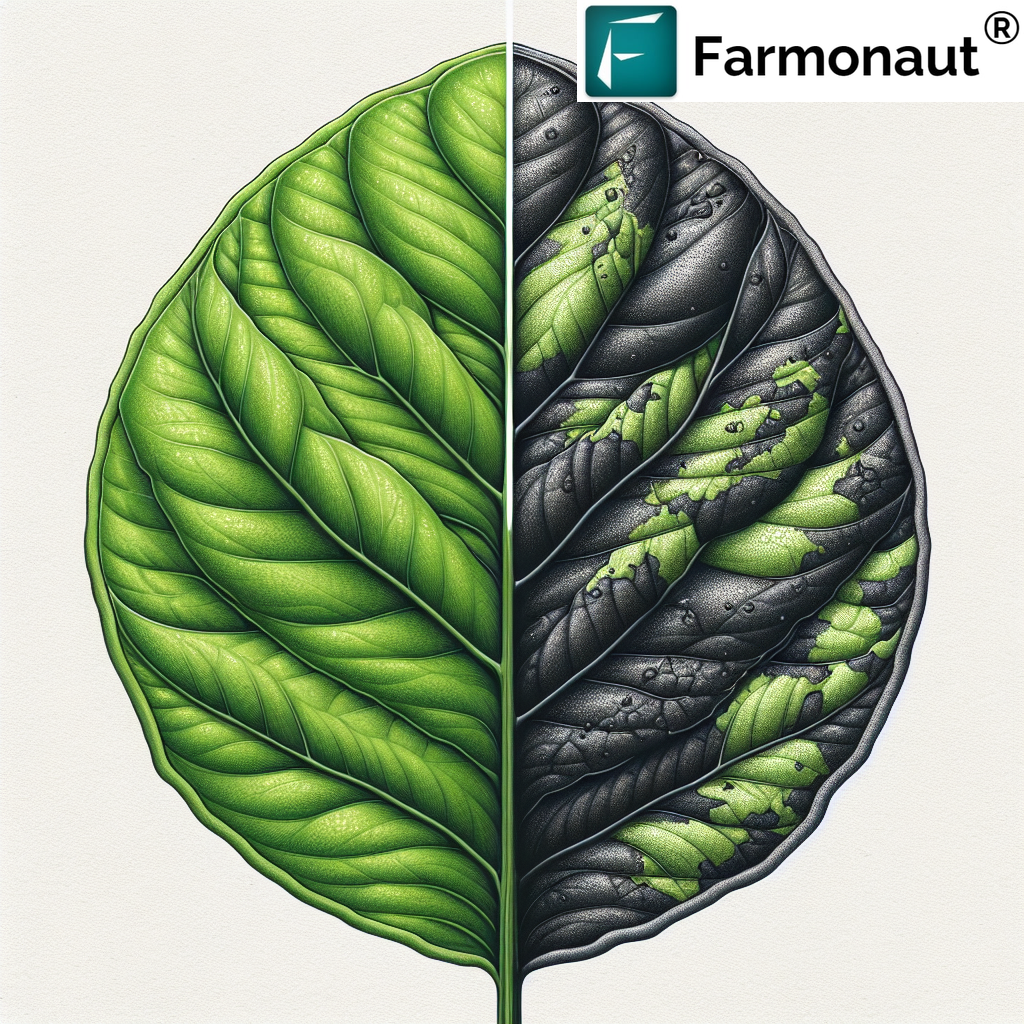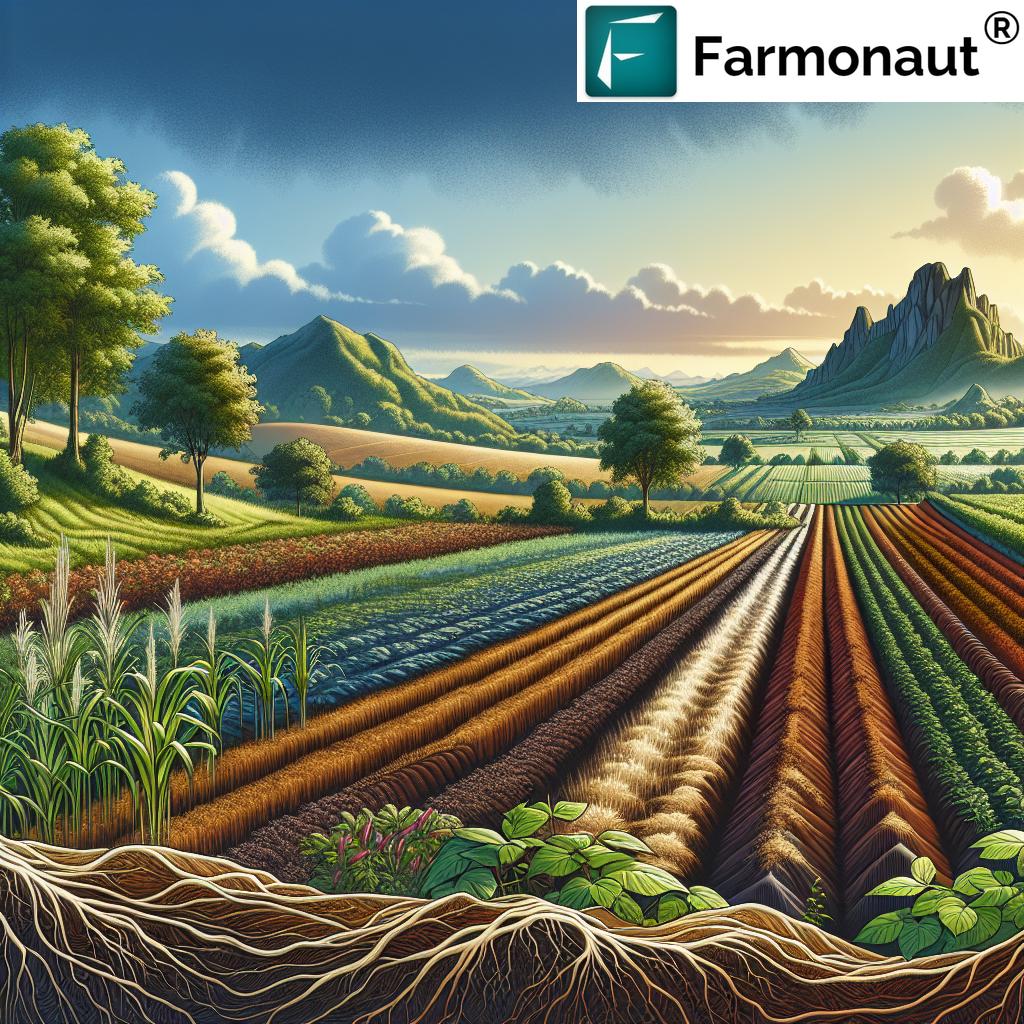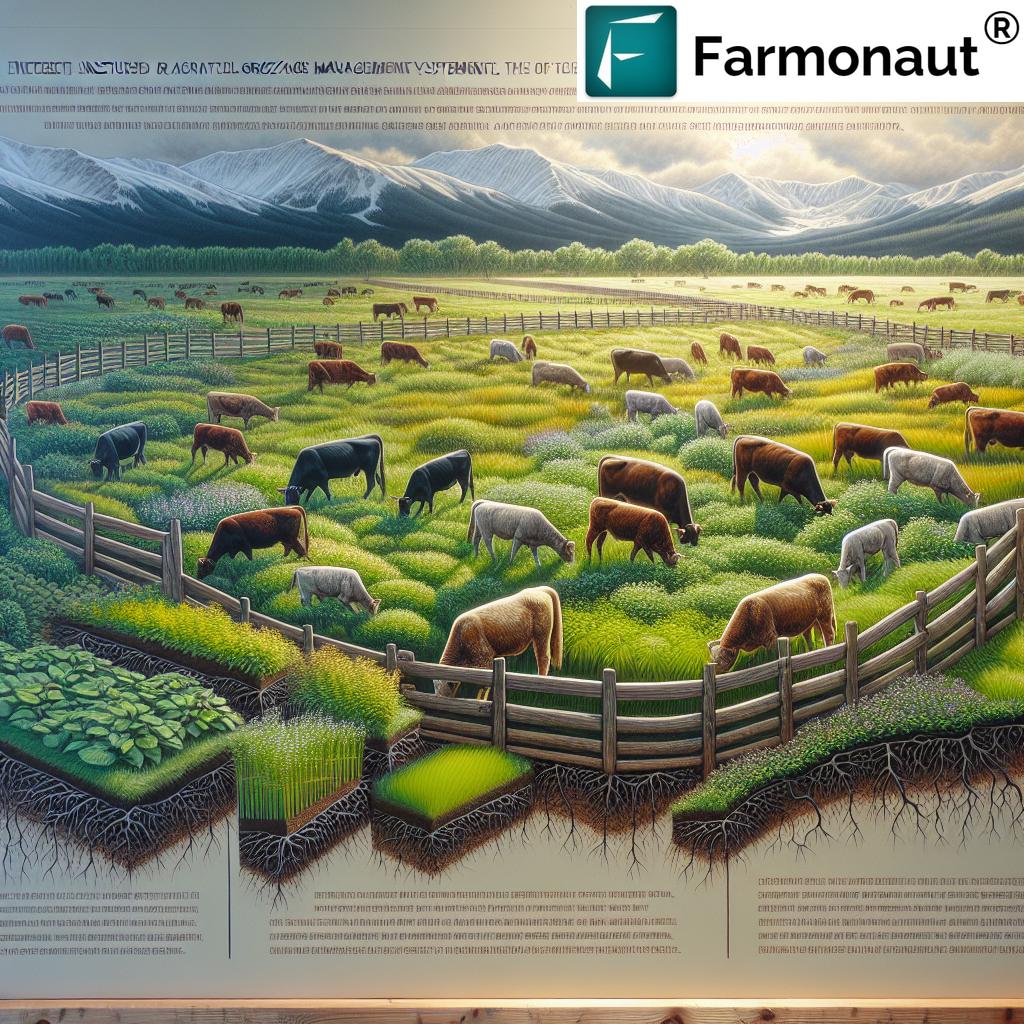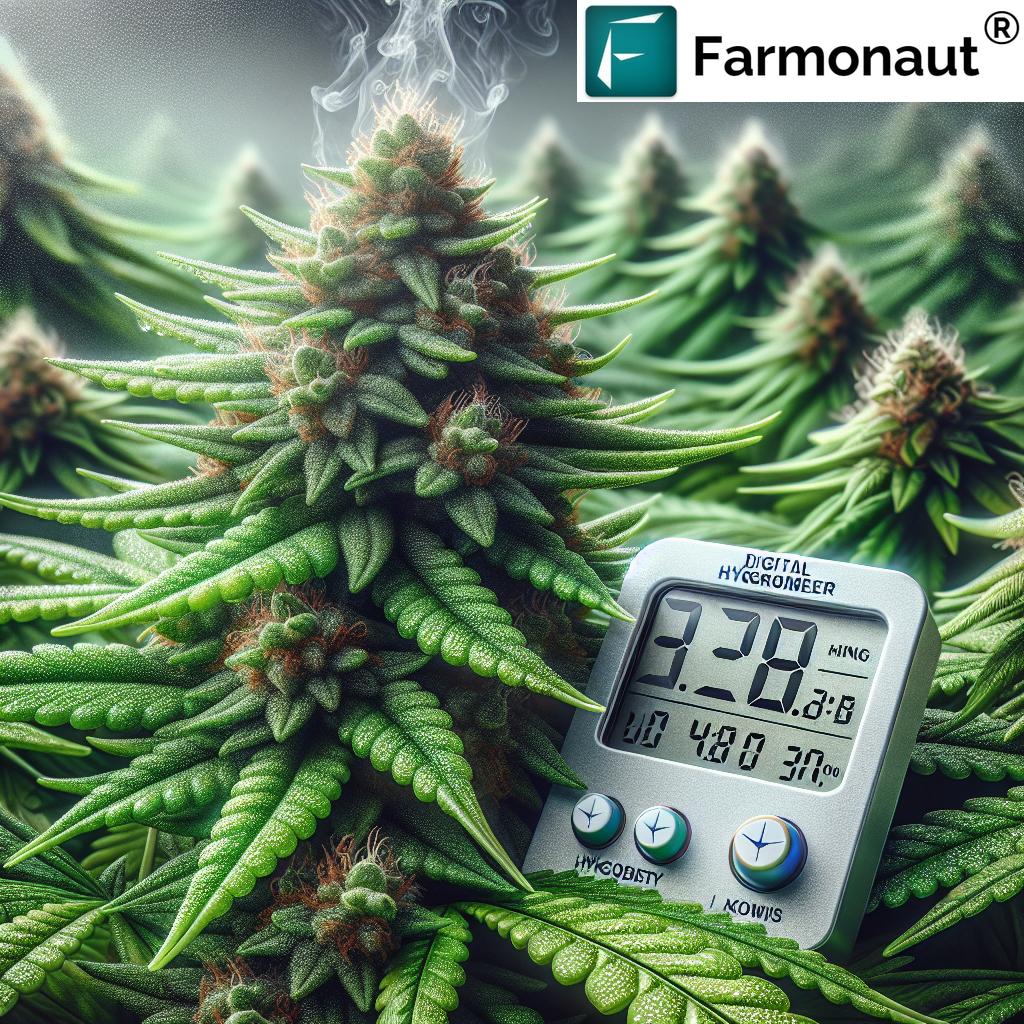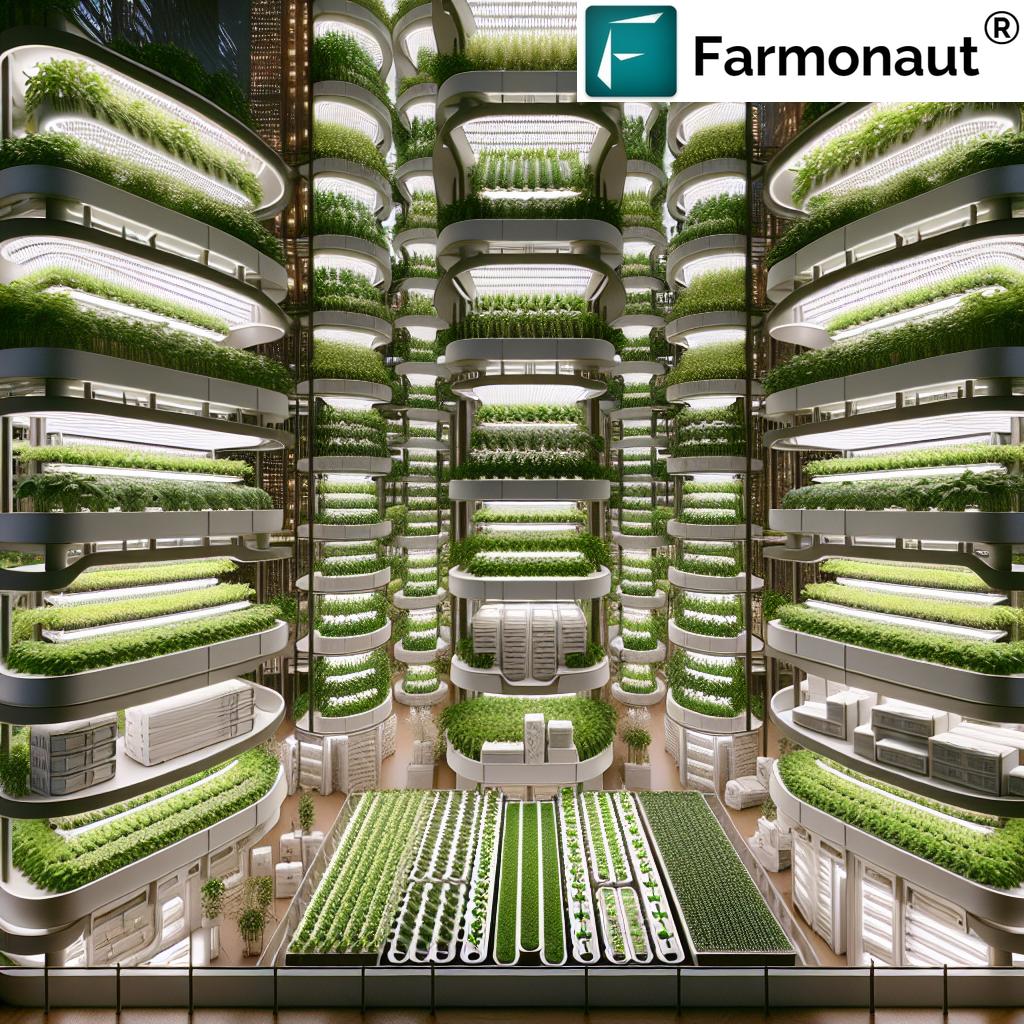The Stages of Cotton Production: A Comprehensive Guide from Seed to Harvest
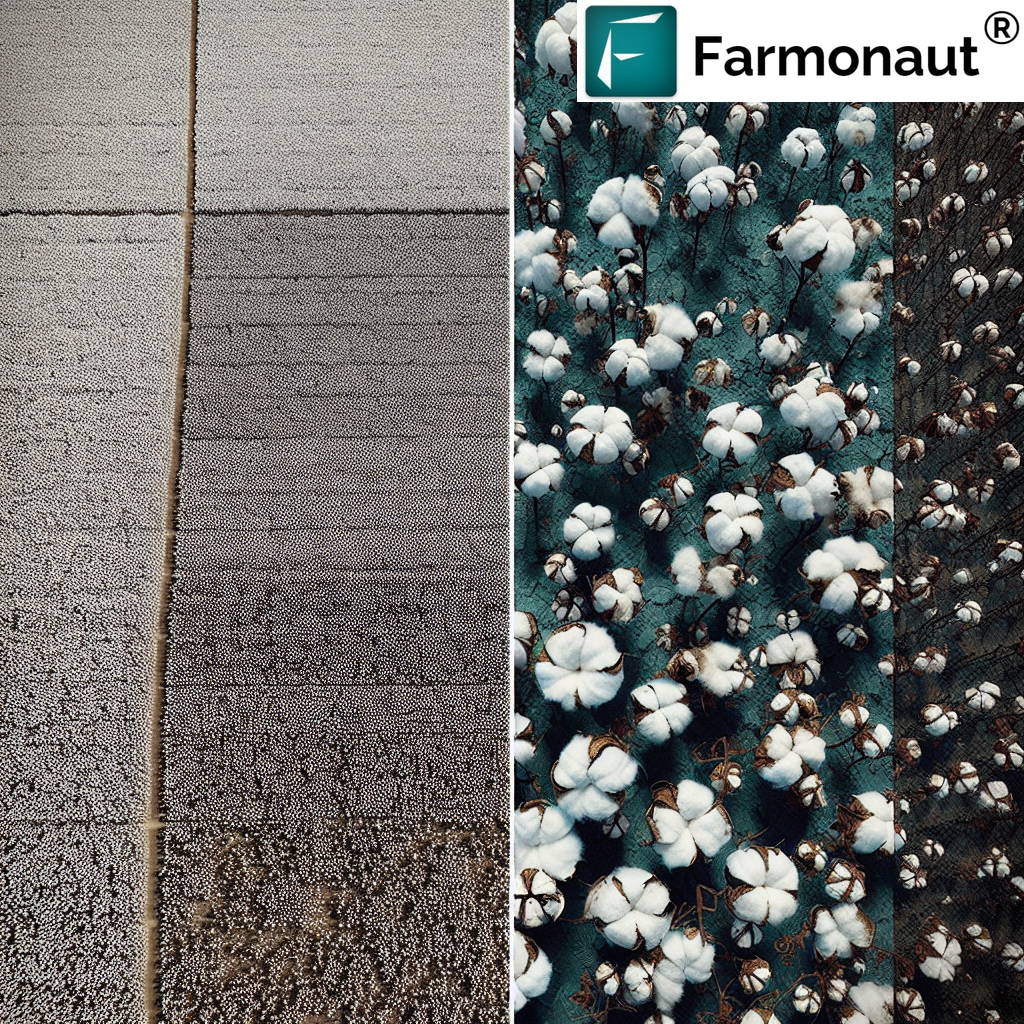
At Farmonaut, we’re committed to revolutionizing agriculture through cutting-edge technology. Today, we’ll delve into the fascinating world of cotton production, exploring each stage of this versatile crop’s lifecycle. Whether you’re a seasoned farmer or just curious about the journey from seed to shirt, this comprehensive guide will provide valuable insights into the stages of cotton growth and production.
Understanding the Importance of Cotton
Cotton is one of the world’s most important fiber crops, playing a crucial role in the global textile industry. Its production involves a series of complex stages of cotton production that require careful management and attention to detail. By understanding these stages, farmers can optimize their yields and produce high-quality cotton fibers.
The Stages of Cotton Production: From Seed to Harvest
Let’s break down the cotton growth cycle into its main stages:
- Planting and Germination
- Seedling Emergence
- Vegetative Growth
- Square Formation
- Flowering
- Boll Development
- Boll Opening and Harvest
1. Planting and Germination
The journey of cotton begins with planting. At Farmonaut, we understand the importance of timing and soil conditions in this crucial first step of the stages of cotton production.
- Ideal soil temperature: 60°F (15.5°C) or higher
- Planting depth: 0.5 to 1.5 inches (1.3 to 3.8 cm)
- Row spacing: Typically 30 to 40 inches (76 to 102 cm)
Our satellite-based monitoring system can help farmers determine the optimal planting time by providing accurate soil temperature and moisture data. This precision ensures better germination rates and sets the foundation for a successful crop.
2. Seedling Emergence
After planting, the next stage in the stages of cotton growth is seedling emergence. This typically occurs 4 to 14 days after planting, depending on soil temperature and moisture conditions.
Key points during this stage:
- Cotyledons (seed leaves) appear first
- True leaves develop shortly after
- Root system begins to establish
Farmonaut’s AI-powered advisory system, Jeevn AI, can provide personalized recommendations for managing seedlings during this critical phase, helping farmers protect their young plants from pests and diseases.
3. Vegetative Growth
The vegetative growth stage is a period of rapid development in the stages of cotton production. During this time, the plant focuses on building its structure and leaf area.
Key developments:
- Main stem elongation
- Branch development
- Leaf expansion
Our satellite imagery can track the Normalized Difference Vegetation Index (NDVI) during this stage, providing farmers with insights into plant health and vigor. This data helps in making informed decisions about irrigation and fertilizer application.
4. Square Formation
Squares are the cotton plant’s flower buds. Their formation marks a crucial transition in the stages of cotton growth from purely vegetative to reproductive development.
Key points:
- First squares appear about 35 days after planting
- Square development lasts about 20-25 days
- Proper nutrient and water management is critical during this stage
Farmonaut’s platform can help monitor crop stress during square formation, allowing farmers to take timely action to prevent square shedding and ensure a good boll set.
5. Flowering
Flowering is one of the most visually striking stages of cotton production. The appearance of white or cream-colored flowers signals the beginning of the reproductive phase.
Interesting facts about cotton flowering:
- Flowers typically open before dawn and close by mid-afternoon
- The flower color changes to pink or red the day after opening
- Pollination occurs within a few hours of the flower opening
Our AI-powered advisory system can provide tailored recommendations for pest and disease management during flowering, helping to protect these crucial reproductive structures.
6. Boll Development
After successful pollination, the cotton flower develops into a boll. This stage is critical in determining the final yield and quality of the cotton crop.
Key aspects of boll development:
- Bolls take about 50-60 days to mature
- Each boll contains 32 to 40 seeds
- Cotton fibers develop from the seed coat
Farmonaut’s satellite monitoring can track boll development progress across entire fields, helping farmers identify any areas of concern and manage their crops more effectively.
7. Boll Opening and Harvest
The final stage in the stages of cotton growth is boll opening and harvest. As bolls mature, they crack open, exposing the white, fluffy cotton fibers.
Harvest considerations:
- Timing is crucial to maximize yield and quality
- Most cotton is harvested mechanically with cotton pickers or strippers
- Proper defoliation can improve harvest efficiency
Our platform can help determine the optimal harvest time by analyzing satellite imagery and weather data, ensuring farmers get the best possible yield and quality from their cotton crop.
Farmonaut: Revolutionizing Cotton Production
At Farmonaut, we’re dedicated to making precision agriculture accessible to all farmers. Our satellite-based farm management solutions offer numerous advantages over traditional monitoring methods:
| Feature | Farmonaut Satellite System | Drone-based Monitoring | IoT-based Monitoring |
|---|---|---|---|
| Coverage Area | Large scale (entire farms) | Limited by flight time and regulations | Limited by sensor placement |
| Cost-effectiveness | High (no hardware required) | Moderate (drone purchase and maintenance) | Low (multiple sensors needed) |
| Data Frequency | Regular updates (based on satellite passes) | On-demand, but labor-intensive | Continuous, but limited to sensor locations |
| Ease of Use | High (web and mobile app access) | Moderate (requires piloting skills) | Moderate (requires technical setup) |
| Data Analysis | Advanced AI and machine learning | Typically requires separate analysis tools | Often limited to basic metrics |
By leveraging our advanced technology, cotton farmers can optimize each stage of production, from planting to harvest. Our services include:
- Real-time crop health monitoring
- AI-powered advisory through Jeevn AI
- Weather forecasting and alerts
- Soil moisture analysis
- Yield prediction
To experience the benefits of Farmonaut for your cotton production, visit our app page or download our mobile app for Android or iOS.
Integrating Farmonaut into Your Cotton Production Workflow
Our platform is designed to seamlessly integrate into your existing cotton production workflow, providing valuable insights at each stage of growth. Here’s how Farmonaut can assist you throughout the stages of cotton production:
Planting and Germination
- Soil temperature and moisture monitoring to determine optimal planting time
- Historical weather data analysis for long-term planting strategy
Seedling Emergence and Vegetative Growth
- Early detection of emergence issues through high-resolution satellite imagery
- NDVI analysis to track crop vigor and uniformity
Square Formation and Flowering
- Stress detection to prevent square and flower shedding
- Personalized pest and disease management recommendations
Boll Development and Harvest
- Boll count estimation using AI-powered image analysis
- Harvest timing optimization based on boll maturity and weather forecasts
For developers and agribusinesses looking to integrate our powerful tools into their own systems, we offer comprehensive API access. Check out our API documentation and developer resources to get started.
Sustainable Cotton Production with Farmonaut
As the global demand for sustainable agriculture grows, Farmonaut is at the forefront of promoting environmentally friendly cotton production practices. Our platform helps farmers reduce their environmental impact while maintaining high yields:
- Optimized resource use through precise monitoring and recommendations
- Reduced chemical inputs by targeting applications only where needed
- Lower water consumption through accurate soil moisture tracking
- Decreased carbon footprint with our carbon tracking feature
By adopting Farmonaut’s technology, cotton farmers can not only improve their productivity but also contribute to more sustainable agricultural practices.
The Future of Cotton Production
As we look to the future, the stages of cotton production will continue to be influenced by technological advancements. At Farmonaut, we’re constantly innovating to stay ahead of the curve:
- Integration of machine learning for more accurate yield predictions
- Development of variety-specific growth models for tailored recommendations
- Enhanced traceability through blockchain technology
- Collaboration with research institutions to improve cotton genetics and management practices
By staying at the forefront of agtech innovation, we ensure that cotton farmers have access to the most advanced tools and insights for optimizing their production.
FAQs About Cotton Production and Farmonaut
Q: How long does it take for cotton to grow from seed to harvest?
A: The cotton growth cycle typically takes 150 to 180 days from planting to harvest, depending on the variety and environmental conditions.
Q: Can Farmonaut help me determine the best cotton variety for my region?
A: Yes, our AI advisory system can analyze your local climate and soil data to recommend suitable cotton varieties for your specific conditions.
Q: How often does Farmonaut update its satellite imagery?
A: We provide regular updates based on satellite passes, which typically occur every few days, ensuring you have access to the most current data about your cotton fields.
Q: Can Farmonaut’s technology help me reduce pesticide use in my cotton production?
A: Absolutely. Our precise monitoring can detect pest issues early, allowing for targeted treatments and potentially reducing overall pesticide use.
Q: Is Farmonaut suitable for small-scale cotton farmers?
A: Yes, our platform is designed to be accessible and affordable for farmers of all scales, from small holdings to large commercial operations.
Conclusion: Empowering Cotton Farmers with Farmonaut
Understanding the stages of cotton growth and production is crucial for successful cotton farming. At Farmonaut, we’re committed to providing farmers with the tools and insights they need to optimize each stage of cotton production, from planting to harvest.
By leveraging our satellite-based monitoring, AI-powered advisory system, and comprehensive farm management platform, cotton farmers can:
- Increase yields through precise management
- Reduce input costs by optimizing resource use
- Improve cotton quality with timely interventions
- Enhance sustainability through data-driven decision making
Join the agricultural revolution with Farmonaut and take your cotton production to the next level. Subscribe to our services today and experience the future of farming:
Together, we can revolutionize cotton production, ensuring a sustainable and prosperous future for farmers worldwide.
